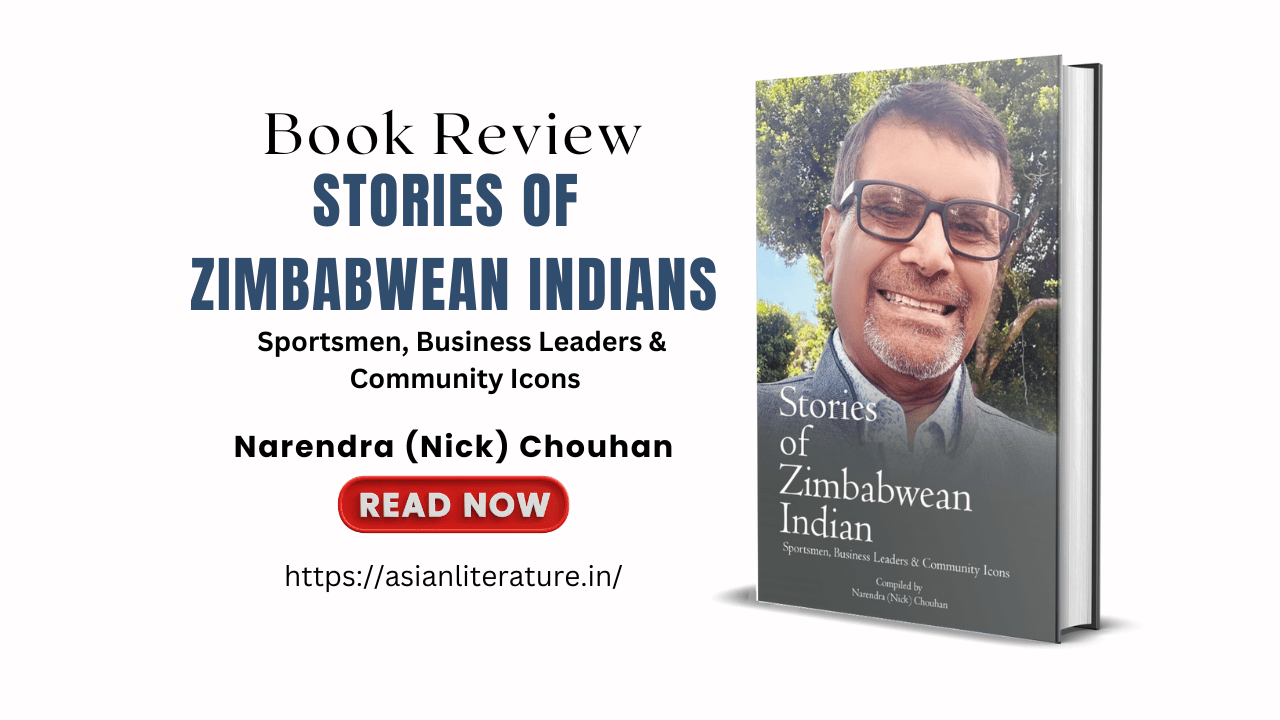
Narendra (Nick) Chouhan’s “Stories of Zimbabwean Indian” emerges as an essential contribution to the understudied history of Indian communities in Southern Africa. This ambitious compilation documents the lives of sportsmen, business leaders, and community figures who shaped Zimbabwe’s multicultural landscape, offering an intimate portrait of resilience and achievement against considerable odds.
The book’s greatest strength lies in its deeply personal approach. Chouhan doesn’t merely catalog achievements; he weaves intricate narratives that capture the texture of lived experience. His account of Haroon Ismail’s 1969 cricket trials—where the seventeen-year-old won Best Batsman but was barred from selection and even prevented from eating with his white teammates—serves as a powerful indictment of colonial-era discrimination. These moments of injustice are documented with restraint yet devastating clarity, allowing readers to grasp both the systemic nature of racism and the quiet courage required to persist.
The profiles demonstrate impressive research depth. The Gokal brothers’ journey from humble beginnings to international success, detailed through family photographs and personal anecdotes, exemplifies the book’s thoroughness. Chouhan’s attention to detail—from childhood games in sanitary lanes to professional cricket careers spanning continents—creates multidimensional portraits that honor his subjects’ full humanity.
However, the book’s intimate approach occasionally becomes its weakness. The prose can veer into hagiography, with subjects rarely depicted with meaningful flaws or contradictions. While Chouhan’s obvious affection for his community is touching, more critical distance might have produced richer, more complex portraits. The chapters sometimes read like extended eulogies—particularly the literal eulogies included—which, while heartfelt, lack the analytical framework that would elevate this from memoir to historiography.
The book’s structure presents challenges for the general reader. At nearly 50 chapters covering disparate individuals and topics, the narrative lacks clear thematic organization. A reader seeking to understand broader patterns of Indian Zimbabwean experience must piece together insights scattered across individual profiles. The absence of a substantive introduction or conclusion that synthesizes these stories into a coherent historical argument represents a missed opportunity.
Despite these limitations, Chouhan succeeds admirably in his primary mission: preserving stories that might otherwise be lost. His documentation of the Ranchod family’s entrepreneurial journey from 1905, the establishment of cricket clubs that defied segregation, and the building of community institutions like the Omkar Temple constitutes invaluable historical record. The accompanying photographs and scorecards provide crucial primary source material for future researchers.
The book also illuminates cricket’s role as a site of resistance and community building. The 1963 Louis Mountbatten School cricket victory and the 1969 Morgan High School triumph over St. George’s College emerge not merely as sporting achievements but as moments of collective pride and assertion of dignity within a discriminatory system.
“Stories of Zimbabwean Indian” ultimately succeeds as an act of commemoration and preservation. While it may not satisfy readers seeking analytical rigor or critical historiography, it provides something equally valuable: a loving, detailed record of lives lived with determination, dignity, and grace. For members of the Zimbabwean Indian diaspora, this book will serve as an essential link to their heritage. For scholars, it offers rich primary material awaiting further analysis. Chouhan has given his community—and Zimbabwe—an important gift.
Book Title: Stories of Zimbabwean Indian
Author : Narendra (Nick) Chouhan
Pulisher: Evincepub Publishing